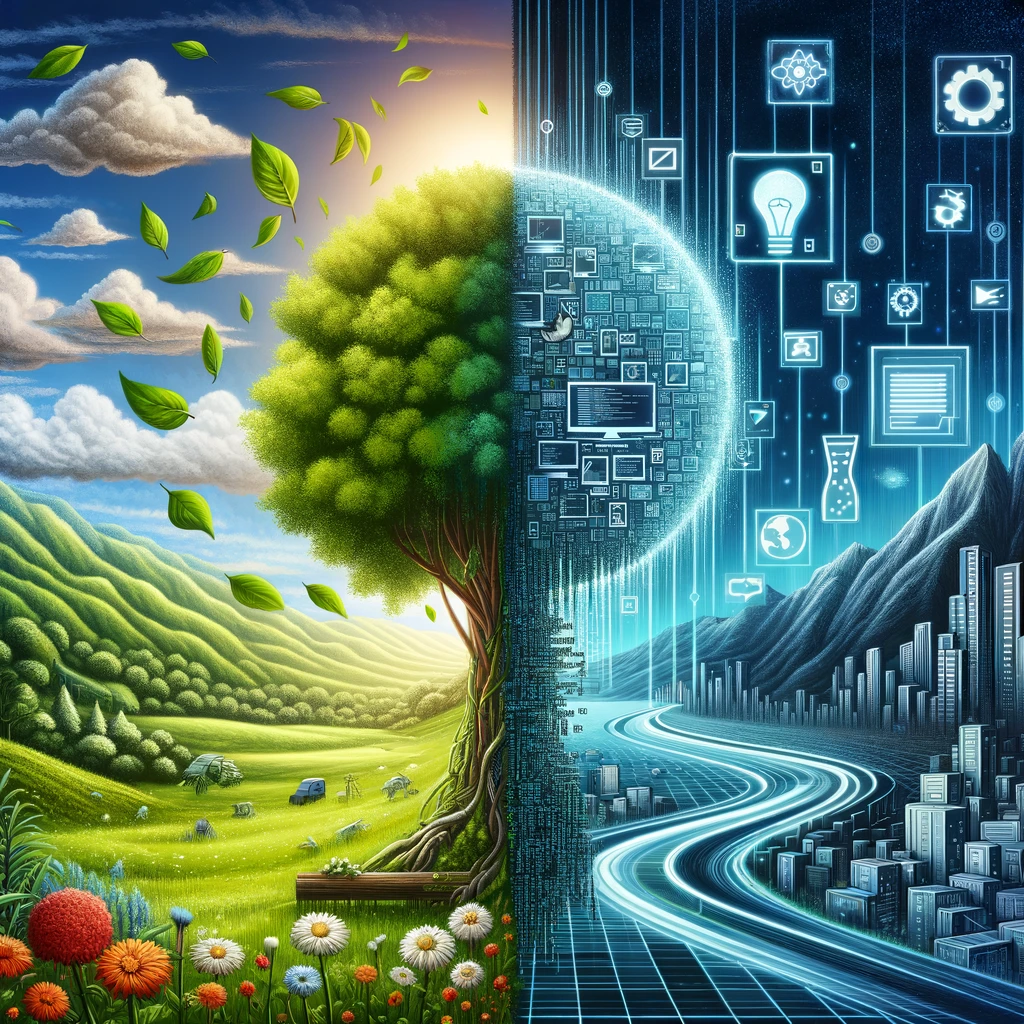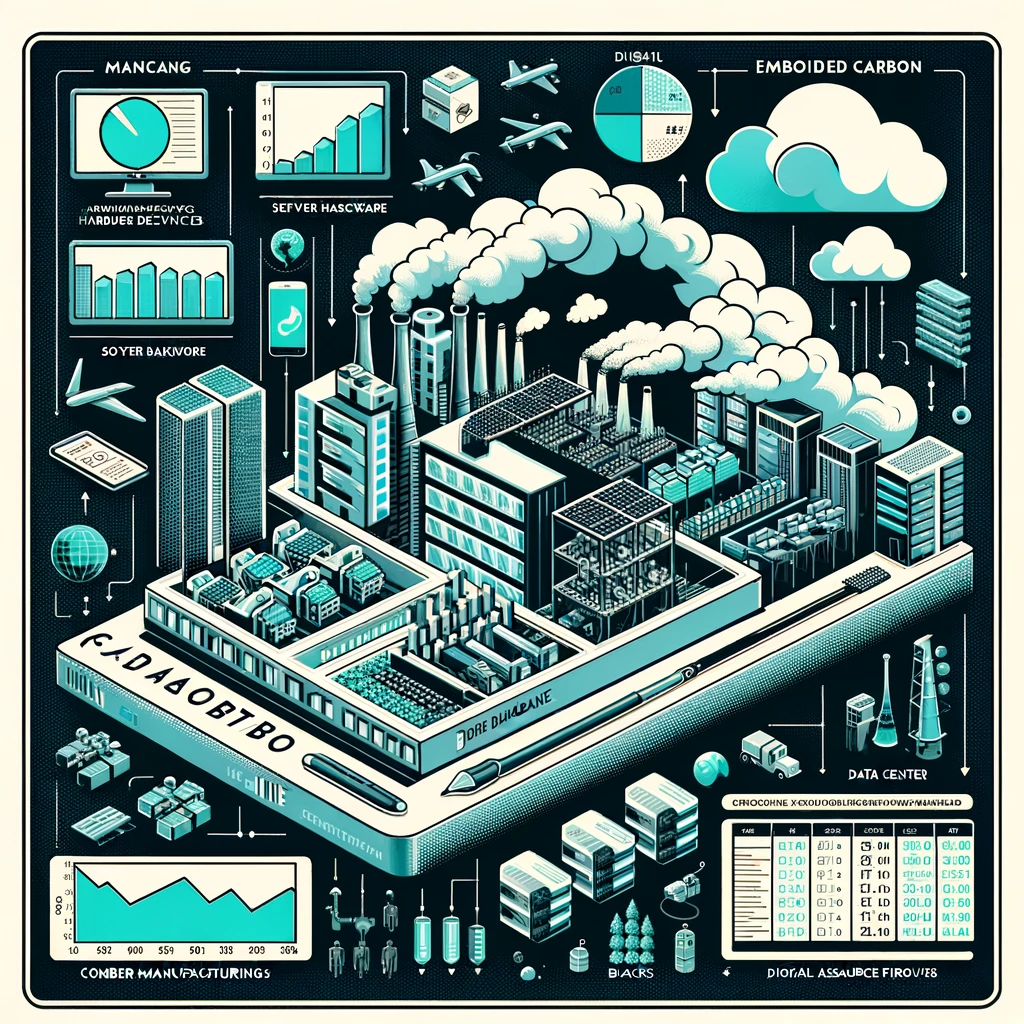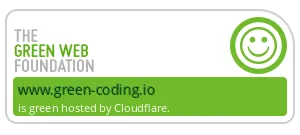
Software will always have carbon emissions. The same way that all technology, even solar power, has some carbon emissions and human life does too.
However we believe that using software is the way to be more green and more sustainable and digitalizing every sector is one building block to tackle climate change.
As with every technological domain measuring and understanding how much you use is the most important step to approach any task.
The next step is to understand the potentials for optimizations. Sometimes this are very low hangig fruits like green hosting.
Other times it involves changes to your infrastructure, your code or your development workflows.
The key step is to raise awareness and educate developers of energy consumption as one important building block to consider when design software architectures.
This will in turn increase the demand for the metrics and drive the supply by the industry players.


